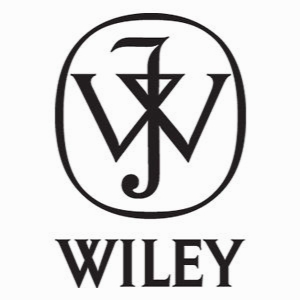آماده سازی پرکننده دیاتومیت اصلاح شده با تزریق پلی اتیلن ایمین Preparation of a modified diatomite filler via polyethyleneimine impregnation and its application in papermaking
- نوع فایل : کتاب
- زبان : انگلیسی
- ناشر : Wiley
- چاپ و سال / کشور: 2018
توضیحات
رشته های مرتبط شیمی
گرایش های مرتبط شیمی پلیمر
مجله علمی کاربردی پلیمر – Journal of Applied Polymer Science
دانشگاه Material Science and Engineering College – Northeast Forestry University – China
منتشر شده در نشریه وایلی
کلمات کلیدی انگلیسی adsorption; clay; composites; polyelectrolytes
گرایش های مرتبط شیمی پلیمر
مجله علمی کاربردی پلیمر – Journal of Applied Polymer Science
دانشگاه Material Science and Engineering College – Northeast Forestry University – China
منتشر شده در نشریه وایلی
کلمات کلیدی انگلیسی adsorption; clay; composites; polyelectrolytes
Description
INTRODUCTION Diatomite (DM) is a low-cost, environmentally friendly, and natural microstructured/nanostructured material derived from sedimentary silica. It has cylindrical and plate morphologies with well-developed mesoporous and/or macroporous structures.1–6 The highly developed pore structure, low density, and high surface area of DM results in it having a number of industrial applications, including as filtration media for various inorganic and organic chemicals and absorbents.2–7 Although DM is not frequently used as a novel papermaking filler, its use has become an increasingly important research area.4–10 Compared with traditional papermaking fillers, DM as a kind of novel papermaking filler has many advantages; these include its light weight, high porosity, low wire wear, and good adaptability. In the modern papermaking process, great changes in fibrous raw materials have taken place, and deinked pulp and high yield pulp are used extensively. As the closure degree of white water increases, the accumulation of anionic trash in paper furnish causes a lot of problems to wire operation and sheet properties.11–19 Anionic trash is one of the popular names used to describe a wide range of dissolved anionic polymeric and colloidal materials. Another common name for this is DCSs, which stands for dissolved and colloidal substances. At present, the main methods of eliminating anionic trash are chemical and biological methods.5–9,20–26 The chemical fixation method uses anionic trash catchers (ATCs), such as polyethyleneimine (PEI) and poly(aluminum chloride), to remove anionic trash and neutralize the electronegativity of DCSs. ATCs have some beneficial effects on the elimination of anionic trash, but they may also cause new problems. They may have a negative impact on the effectiveness of cationic additives and may be unable to firmly anchor anionic trash onto pulp fibers. Nowadays, there have been plenty of studies on the application of ATCs in anionic trash elimination.2–9,20–31 However, the use of ATCs to modify the DM surface and the application of the modified product to the papermaking process have not been reported.


